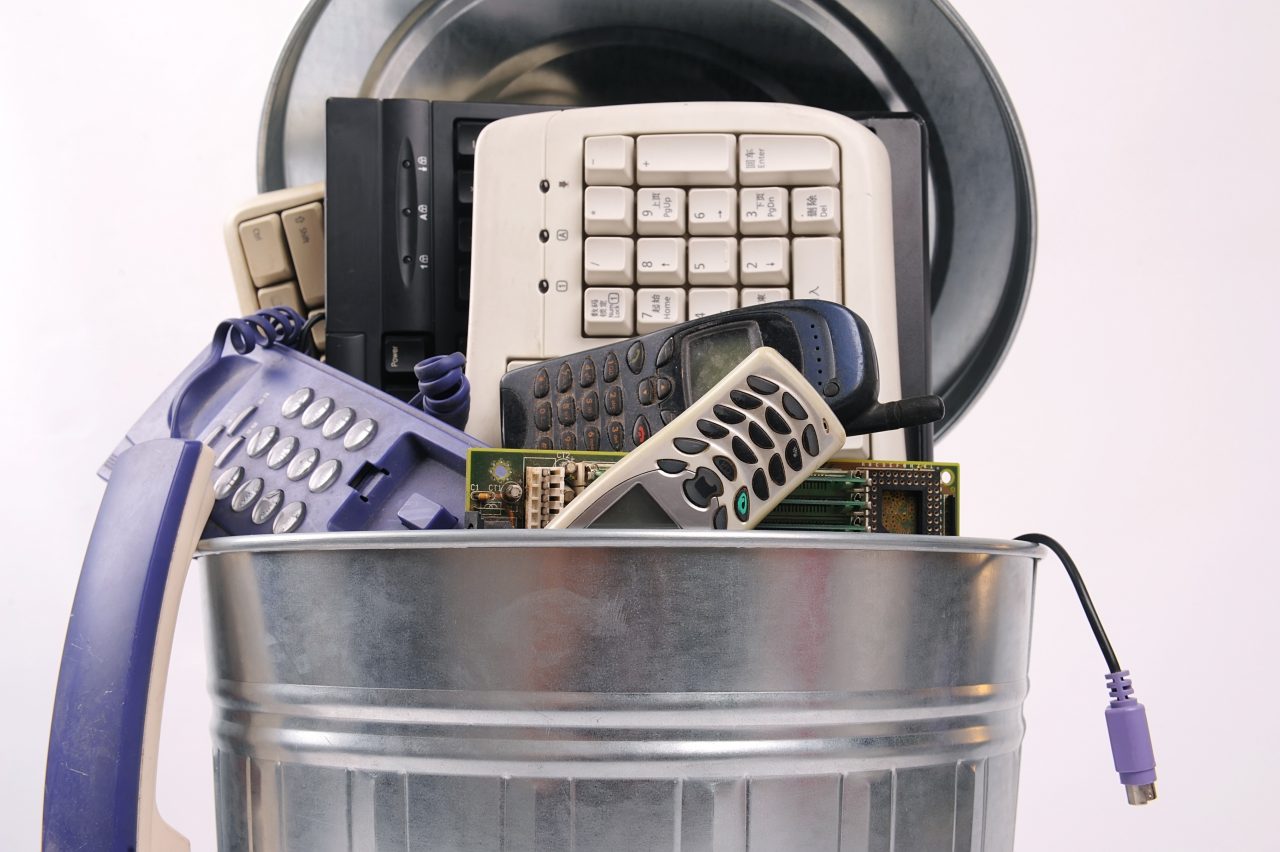What Is E-waste?
E-waste, or electronic waste, is unwanted electronic equipment of all types. E-waste can be anything from computers, TVs, mobile phones, stereos, video games—just about anything that has electronic components with power or a battery supply.
E-waste, or electronic waste, is unwanted electronic equipment of all types. E-waste can be anything from computers, TVs, mobile phones, stereos, video games—just about anything that has electronic components with power or a battery supply. For most of us, electronics are a part of daily life. Every year we buy newer technology, either upgrading older devices or replacing equipment that’s broken. Just try to think about how many electronics you go through in a year. Whether it’s a computer, smartphone, an electronic toy, or appliance, most of us are guilty of just throwing old electronics in the trash or dumpster without a second thought. The problem with this practice is that e-waste requires particular attention and can't simply be discarded. More often than not, recycling is a better choice.
Thankfully, the amount of things we recycle has dramatically increased over the years. Most people make a valid effort to recycle or go green. While it’s easy to assume that the U.S. is one of the top recyclers in the world, we're not. The U.S. sends about 70% of waste to landfills, placing us at about 7th on the list of top recycling countries. At the top of the list is Switzerland, a nation that recycles close to 52% of its waste.
The scary part is that most e-waste isn’t just waste—it’s very toxic. Electronics can contain toxic substances like mercury, lead, cadmium, arsenic, and beryllium—just to name a few. A lot of these toxic elements don’t break down when dumped into a landfill and can eventually poison our soil or water. E-waste represents about 70% of all toxic waste.
It's interesting to note that e-waste also contains precious metals. Looking at cell phones alone, it’s estimated that for every 1 million cell phones you can recover 550 pounds of silver, 50 pounds of gold, 20 pounds of palladium, and 20,000 pounds of copper. In 2010, an estimated 134 million cell phones went to landfills. And that's just cell phones! There is only so much precious metal in the world, hence the reason for record level prices of gold, silver and copper. All that precious metal is just going to a landfill were it can never be recovered.
There's not a lot of data on exactly how much e-waste is disposed of, as not many countries keep track of it. The EPA estimates that the U.S. discarded around 2.3 million tons of electronics in 2009, only 25% of which were collected for recycling. So far in 2014, it’s estimated that the U.S. has thrown away somewhere around 50 million tons of e-waste.
With so much money going to the trash you would think someone has an opportunity to make some money right? It’s very hard to separate all the precious metals in a cell phone or computer. Circuit boards containing gold and silver have to be melted down, and the chemical processes required can be highly hazardous. It shouldn't be surprising that an estimated 70-80% of recycled e-waste ends up being exported to developing countries.
There are legitimate e-waste recyclers out there. E-stewards is a nonprofit organization that’s trying to help to solve the problem. You can also check out this cool interactive map showing locations across the U.S. that are certified to recycle e-waste. Some big box stores like Best Buy offer recycling opportunities, as do manufacturers like Apple and Dell.
So if it's time to get a new phone or laptop, don't just throw your old device in the trash—take a few extra minutes to find the best way to dispose of it properly. Have you had experiences recycling your devices? Let us know in the comments.

 Member Connect
Member Connect